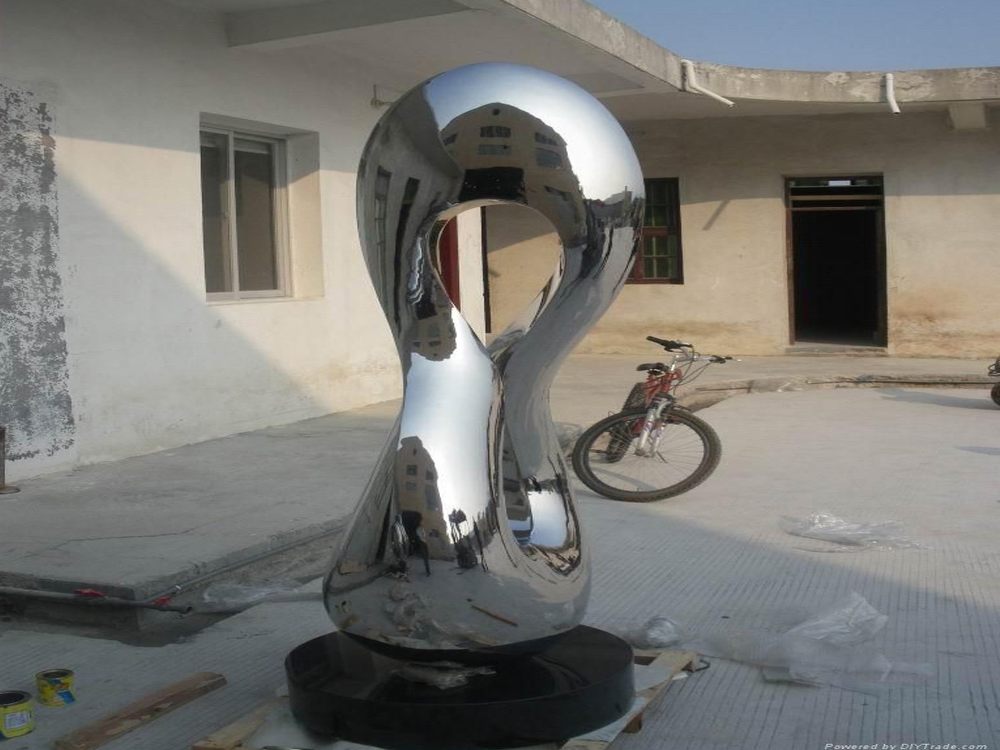
Stone sculpture, an ancient art form, has evolved with modern techniques, allowing artists to incorporate modular and reconfigurable designs into their works. Sculptors achieve this by carefully planning the stone's natural fissures or intentionally creating interlocking segments. These segments can be rearranged or replaced, offering versatility in display and composition.
One method involves carving individual stone modules with precision-cut joints, ensuring seamless connectivity. Artists may use geometric patterns or organic shapes to enhance the reconfigurable nature of the piece. Another approach leverages lightweight stone composites, enabling easier manipulation without sacrificing durability.
Contemporary sculptors often blend traditional hand-carving with digital tools like 3D modeling to prototype modular designs before execution. This fusion of old and new techniques results in dynamic stone artworks that adapt to different spaces and contexts, pushing the boundaries of permanence in sculpture.
By embracing modularity, sculptors invite viewers to engage interactively with their creations, transforming static stone into ever-evolving expressions of artistry.

